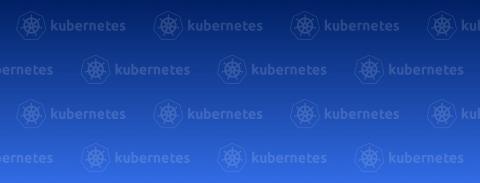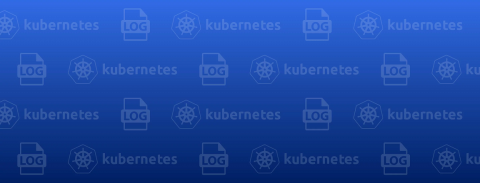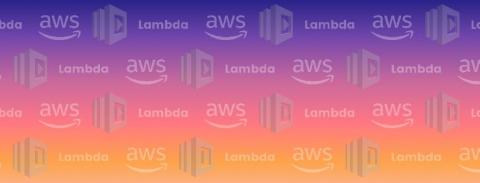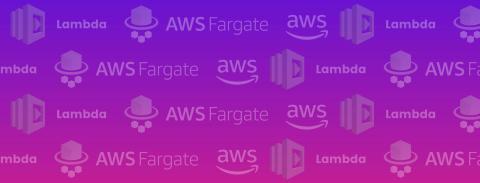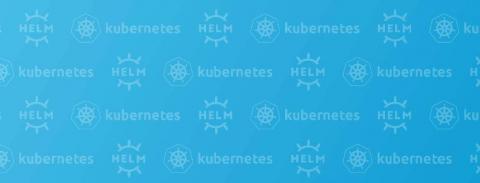What is a Kubernetes StatefulSet?
Kubernetes has a lot of features and deployment options for running containers. One of these is the StatefulSet. In this blog post, we’ll discuss what a StatefulSet is, what it can be used for, and how to create and update them.


